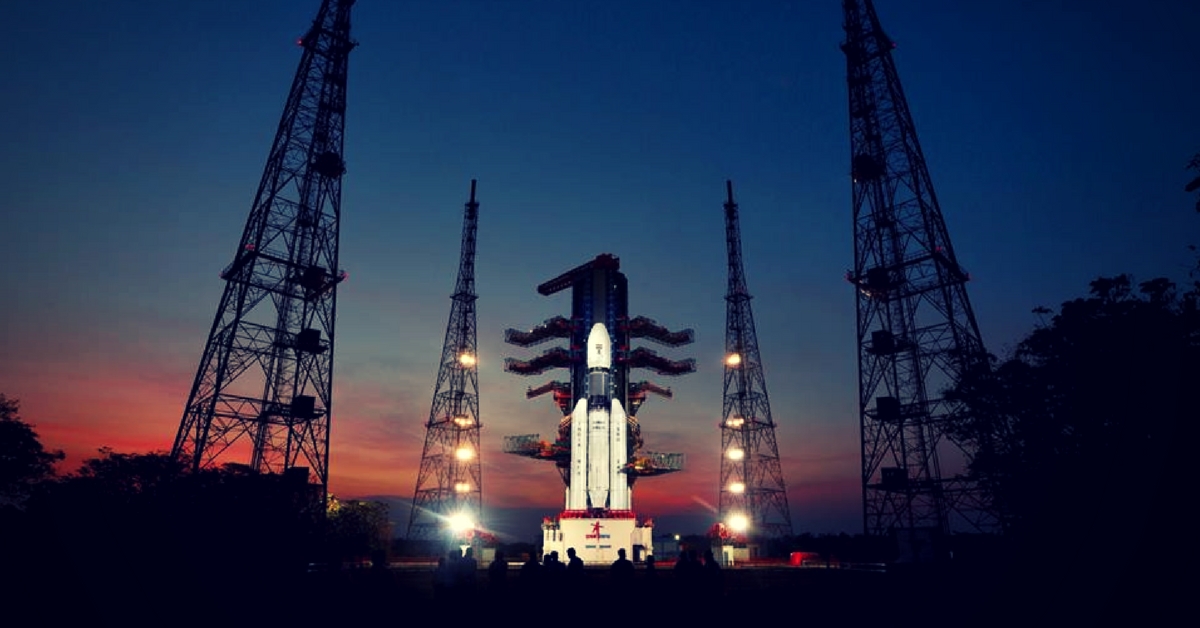Cost-Effective ISRO to Take A Step Further, Aims to Make Launches Cheaper Still
However, the space body does require more money to fund its ever-expanding operations.

Even as the 2018 Union Budget is expected to increase the money allocated for space research in India, K Sivan, the Secretary of the Department of Space, and Chairman of the Space Commission and the Indian Space Research Organisation (ISRO) told The Hindu that it is already reducing the cost of its satellites and launch vehicles.
Attempts to reduce the cost of satellites and launch vehicles, and allow them to carry heavier payloads, are being explored through the use of miniaturised avionics, advanced electronics and electronic propulsion system, among other mechanisms, reported the Chennai-based publication.
Although ISRO was allocated Rs 9,093 crore last year and is not suffering a financial crunch, Sivan told the publication that with the expansion of operations, it will need more funds.
“We definitely would like a larger allocation. More satellites are required, and consequently, there is the need for more launch vehicles. We also need new facilities to make them. We have to bring the manufacture of launch vehicles to industry and this needs extra money. All this is projected (in the requirement made to the government),” he said. Nonetheless, he goes on to add that amount of money allocated isn’t a really a concern, as much as spending it efficiently.

How does ISRO reduce the size of its satellite without hurting its efficiency?
In its bid to find a way, the space research body began experiments with electronic propulsion system or EPS last year in May when it launched the GSAT-9 (South Asia Satellite).
Read also: ISRO Plans New Space Rocket That Can Be Built in Just Three Days!
According to ISRO officials, the use of EPS instead of traditional chemical propulsion had “reduced fuel cargo by 25%.”
Sivan claims the system can callow a four-tonne satellite to the work of a six-tonne spacecraft. Nonetheless, experiments are still in progress to ascertain the efficiency of this system.
Read also: Towards a Green Future: ISRO’s Batteries to Power India’s E-Vehicles Soon?
Attempts are also on to augment the payload carrying capacity of the GSLV Mark II launch vehicle from 2.2 to 3.3 tonnes. In April, this launch vehicle is expected to carry the 3.2-tonne Chandrayaan-2 mission, which will include India’s first lunar orbiter, lander and rover.
Like this story? Or have something to share? Write to us: [email protected], or connect with us on Facebook and Twitter.
NEW: Click here to get positive news on WhatsApp!
This story made me
- 97
- 121
- 89
- 167
Tell Us More
We bring stories straight from the heart of India, to inspire millions and create a wave of impact. Our positive movement is growing bigger everyday, and we would love for you to join it.
Please contribute whatever you can, every little penny helps our team in bringing you more stories that support dreams and spread hope.


















